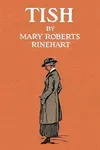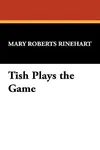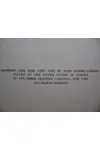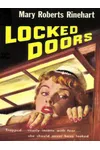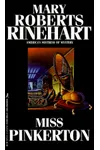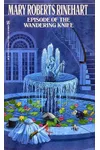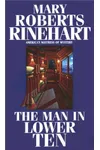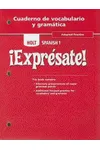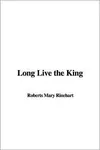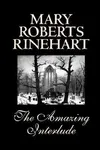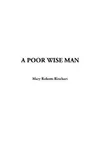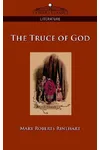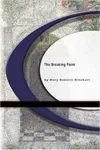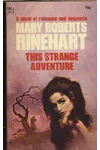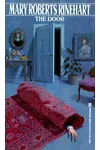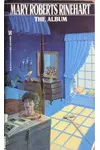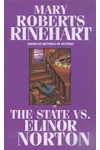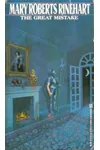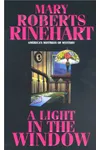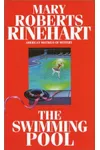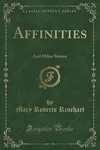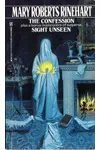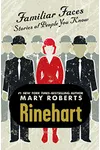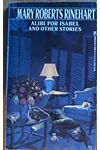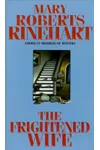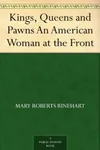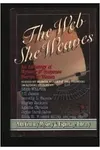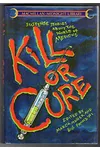Picture a Pittsburgh-born storyteller who spun suspenseful tales that kept readers up all night—meet Mary Roberts Rinehart! Often dubbed the American Agatha Christie, Rinehart revolutionized the mystery and thriller genres with her clever plots and unforgettable characters. From her groundbreaking novel The Circular Staircase to the iconic play The Bat, she crafted stories that blended murder, romance, and humor, earning her a lasting place in literary history.
Born in 1876, Rinehart’s journey from nurse to literary icon is as thrilling as her novels. Her knack for suspense and her pioneering 'had I but known' style made her a household name, with millions of books sold and countless adaptations lighting up the silver screen.
The Making of Mary Roberts Rinehart
Mary Ella Roberts was born on August 12, 1876, in Allegheny City, Pennsylvania (now part of Pittsburgh). Raised in a modest family, she trained as a nurse at the Pittsburgh Training School for Nurses, graduating in 1896. That same year, she married Dr. Stanley M. Rinehart, and they started a family. The 1903 stock market crash left them in debt, prompting Mary to pick up her pen. What began as a way to earn extra money—writing short stories for magazines like Munsey’s—soon launched her into stardom with the 1908 publication of The Circular Staircase, a bestseller that changed the mystery genre forever.
Mary Roberts Rinehart’s Unforgettable Stories
Rinehart’s mysteries are a delightful mix of suspense, romance, and wit, often featuring strong female protagonists navigating danger. Her debut, The Circular Staircase (1908), follows spinster Rachel Innes as she unravels a murder mystery in a creepy summer house. This novel introduced the 'had I but known' style, where narrators reflect on clues they missed, keeping readers hooked. Her follow-up, The Man in Lower Ten (1909), became the first American mystery novel to hit bestseller lists, cementing her fame.
Another gem, The Door (1930), popularized the phrase 'the butler did it' (though Rinehart never used those exact words). It’s a chilling tale of a spinster sleuth uncovering a killer in her household. Rinehart’s play The Bat (1920), co-written with Avery Hopwood, inspired Bob Kane’s Batman and was adapted into multiple films, including The Bat Whispers (1930). Her Tish Carberry series, starting with The Amazing Adventures of Letitia Carberry (1911), brought humor to the mix, chronicling the antics of a spunky spinster and her friends.
Rinehart’s style stood out for its rich characters and American settings, reflecting social issues like class and corruption. Critics praised her ability to weave gothic atmosphere with comic relief, making her mysteries both thrilling and relatable.
Why Mary Roberts Rinehart Matters
Mary Roberts Rinehart’s impact on the mystery genre is undeniable. She paved the way for modern romantic suspense and inspired countless writers with her innovative storytelling. Her works, translated into films, plays, and even early talking books, brought mysteries to new audiences. During World War I, she broke barriers as one of the first women to report from the Belgian front, showcasing her adventurous spirit. With over 10 million books sold by her death in 1958, Rinehart’s legacy endures, celebrated by fans and honored with awards like the Mystery Writers of America special award.
- Born: August 12, 1876, Allegheny City, Pennsylvania
- Key Works: The Circular Staircase, The Man in Lower Ten, The Door, The Bat
- Awards: Mystery Writers of America special award, honorary doctorate from George Washington University
- Died: September 22, 1958, New York City
Snag The Circular Staircase or The Bat and dive into Mary Roberts Rinehart’s thrilling world of mystery and suspense!

